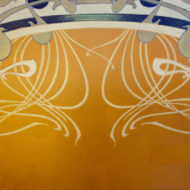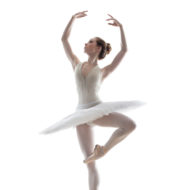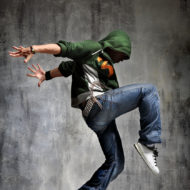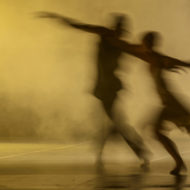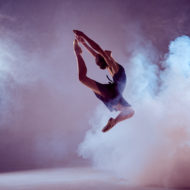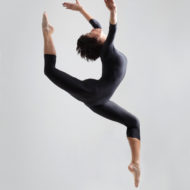
When I was a student at Stanford in the early 1970s, you could take some dance classes, but these were purely recreational and non-academic. There was a wonderful modern dance teacher – Inge Weiss, a former Wigman dancer. There was no dance major, however. When I got serious about studying dance, I took a leave of absence, earning degrees through my PhD elsewhere.
Fast forward to 2005, when Stanford alumni who had published were invited to display their books during reunion activities. … Read More

